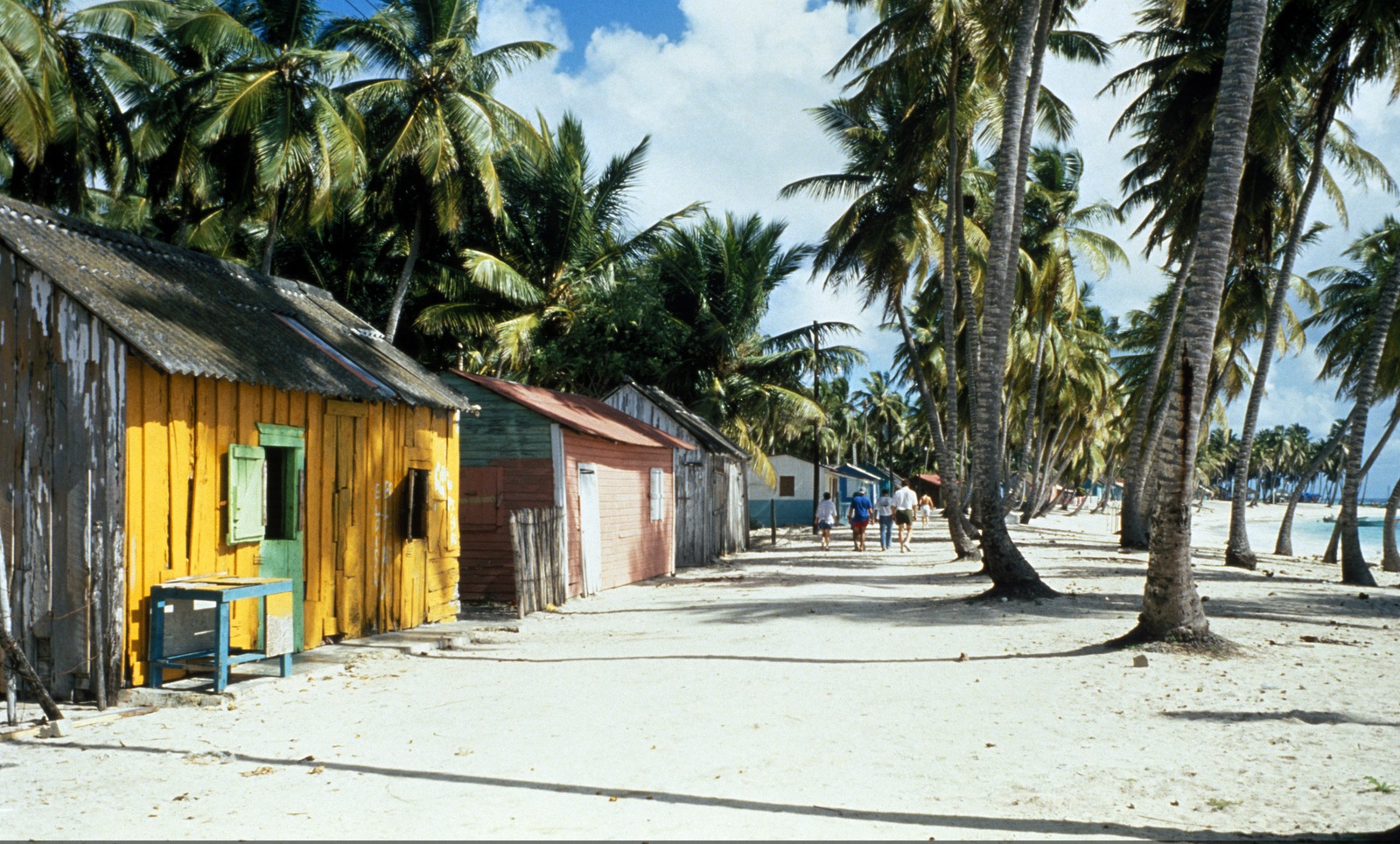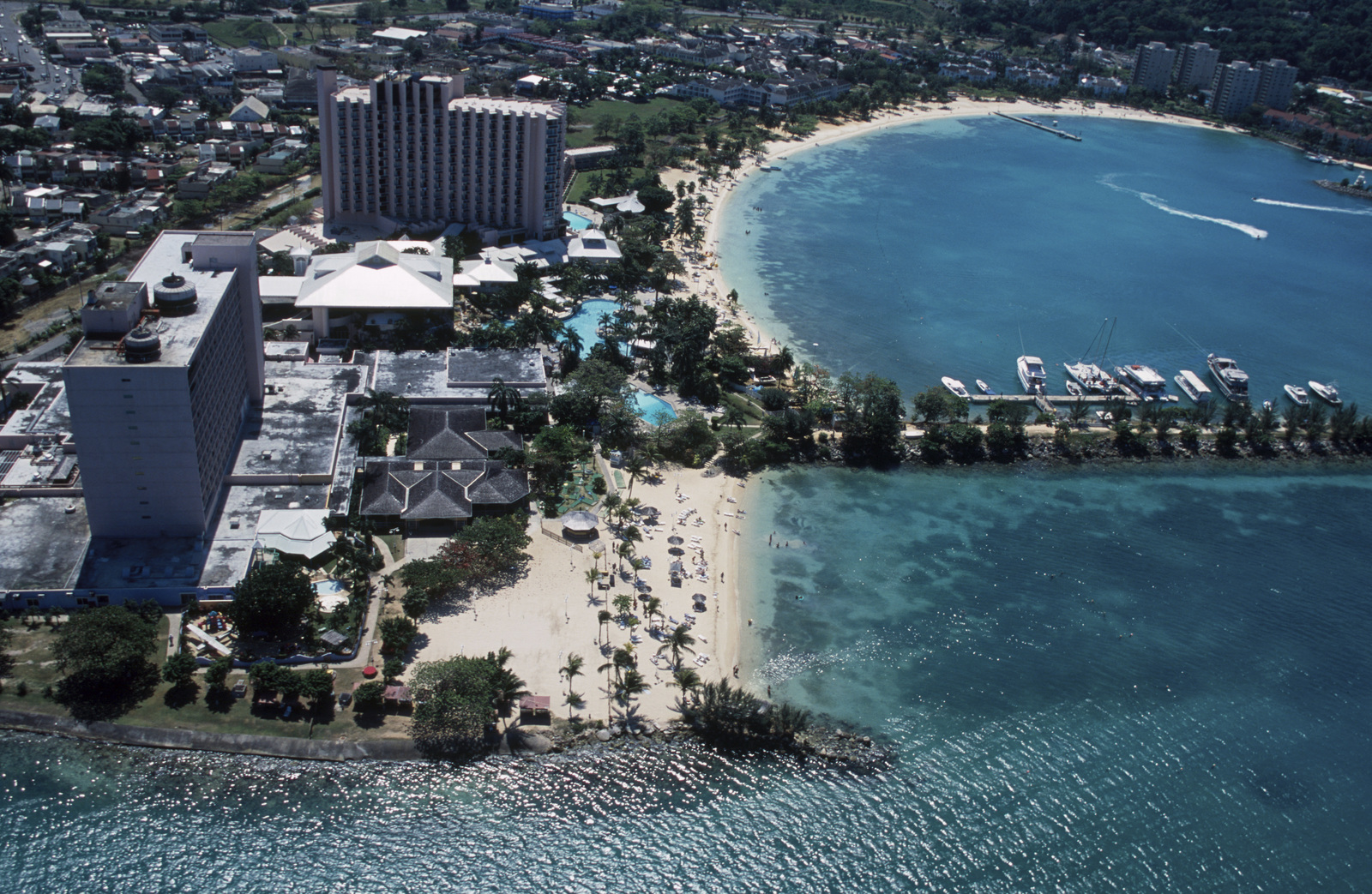Resilient Islands


Parque Nacional del Este, Dominican Republic.
The Caribbean region is among the world’s most vulnerable to the impacts of climate change. Disasters such as hurricanes, flooding, and erosion threaten lives, homes, jobs and infrastructure. Evidence suggests that ecosystem-based adaptation (EbA) can significantly reduce these risks and offers a cost-effective approach to climate-smart, sustainable development.
Together with governments, communities and partners, the Conservancy and IFRC are developing an adaptation toolkit to promote better decision-making and resilience through disaster management that integrates nature-based solutions. The project will also implement innovative nature-based interventions within coastal communities in the Dominican Republic, Grenada and Jamaica.
The long-term impact is to achieve resilient islands with empowered communities and governments that significantly increase investments in the protection of key ecosystems. A regional coalition of leaders trained in climate adaptation will share project successes throughout the region, increase access to conservation funding and champion innovative approaches to meeting adaptation, risk reduction and development goals.
Focus Countries
Overview
Socioeconomic

Industrial section of waterfront property and development in the town of Black River, chief shipping port in Upper Morass, Jamaica.
Between 1990 and 2008, hurricane and storm events in the Caribbean accounted for US$135 billion in losses. In 2017, the region endured a hurricane season of unprecedented strength and destruction. A predicted rise in storm frequency and intensity will increase such devastating events, further exacerbated by sea level rise, inundation, storm surge and erosion. These coastal hazards threaten lives, jobs, transportation, hospitals, water and power supply plants, homes, schools, and businesses.
Climate adaptation is a priority for Caribbean nations, however significant challenges hinder their ability to integrate ecosystem-based adaptation into development plans, including:
- Absence of vulnerability assessments focused on ecosystems
- Inadequate information on the costs and benefits of nature-based solutions
- Limited financial and human resources in environmental ministries
The lack of data and funding contributes to unsustainable natural resource management, which exposes communities to greater risks and drives the depletion of vital natural resources (e.g. fish populations).
Habitat
Coral

Healthy Hard Corals. Photo Credit: Jeff Yonover
Coral reefs are critically threatened by the impacts of climate change, yet play a key role in bolstering coastal resilience. Caribbean islands depend on reef ecosystems to sustain fish stocks and attract tourists, and their underwater structures protect shorelines by breaking and reducing wave energy.
Mangroves

Coastal mangrove forest. Photo Credit: Marjo Aho for The Nature Conservancy
Mangroves are often cleared to make room for coastal development, such as waterfront hotels, however they are essential for the protection of shorelines. Their complex root systems buffer the coast from strong waves and storm surge, reduce erosion and are a nursery for commercially important fish, crustaceans and other species.
Together with governments, communities, NGOs, and the private sector, the Conservancy and IFRC will:

- Use community-based vulnerability capacity assessments to identify vulnerable communities and develop a portfolio of locally-tailored, nature based solutions (e.g. mangrove planting)
- Implement ecosystem-based adaptation interventions in collaboration with 1-3 vulnerable communities per project country
- Develop and test an innovative adaptation toolkit and mobile app, which will promote better decision-making around disaster risk reduction management and climate change adaptation
- Integrate ecosystem-based adaptation strategies into existing and future policy and planning at local, national and regional scales.
- Launch a broad regional coalition to identify funding streams to scale up demonstration projects nationally and regionally.
Partners
- The German Federal Ministry for the Environment, Nature Conservation, Building and Nuclear Safety (FUNDER)
- The Nature Conservancy
- The International Federation of the Red Cross and Red Crescent Societies
- Caribbean Community Climate Change Centre (5C’s)
- Caribbean Disaster Emergency Management Agency (CDEMA)
- Caribbean Biodiversity Fund
- Grenada Ministry of Climate Resilience, the Environment, Forestry, Fisheries, Disaster Management & Information
- The Dominican Republic National Council for Climate Change and the Clean Development Mechanism
- The Dominican Republic Ministry of Environment and Natural Resources
- Jamaican Ministry of Economic Growth and Job Creation
- Grenada Red Cross Society
- Dominican Republic Red Cross Society
- Jamaica Red Cross Society
Press
Caribbean News Service – JAMAICA: Project Launches in Caribbean to Build Climate Resilience by Using Nature to Reduce Risks
Caribbean News Now – Project Launches in Caribbean to Build Climate Resilience by Using Nature to Reduce Risks
Relief Web – Project Launches in Caribbean to Build Climate Resilience by Using Nature to Reduce Risks
Resources
Resilient Islands Fact Sheet 2018 (English)
Resilient Islands Fact Sheet 2018 (Spanish)
Valuing Benefits of Mangroves and Coral Reefs in the Caribbean
Coastal Protection: A Cost Comparison Between Natural and Artificial Structures
Above: “What is Ecosystem-based Adaptation?” Infographic
For the latest reports, publications and other resources on coastal resilience in California visit the Coastal Resilience Resource Library on the Conservation Gateway.






